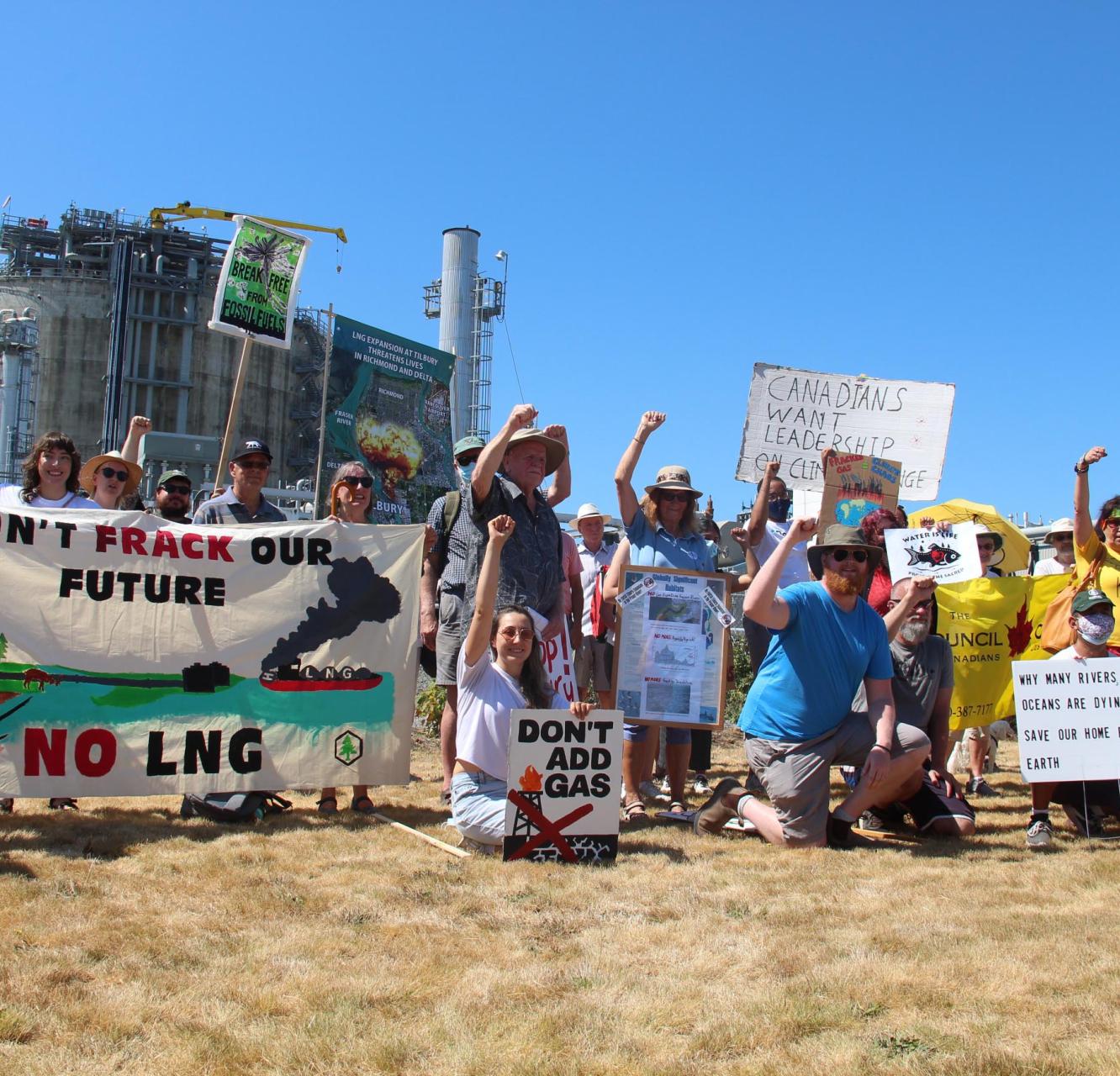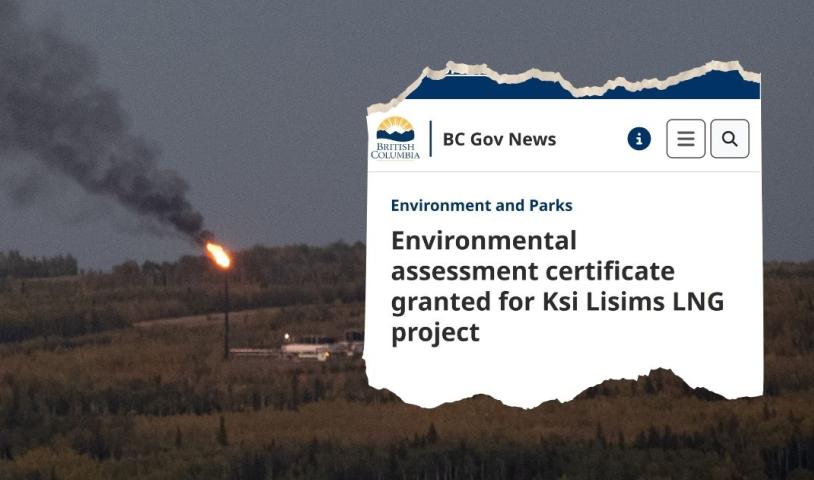Revitalizing Howe Sound means rejecting Woodfibre LNG
Monday, March 7, 2016
By Peter McCartney
The Georgia Straight
March 4, 2016
I’ve had a lot of inspiring moments around Howe Sound: taking in stunning mountain views from the top of the Stawamus Chief or dipping my feet in Browning Lake after a long hike. But my experience this past weekend blew them all away.
For once, it wasn’t the natural majesty of Howe Sound that warmed my heart but the passion of its residents to protect it. More than 700 people packed town-hall meetings in Squamish, West Vancouver, and Gibsons to demand that the federal government reject the proposed Woodfibre liquefied-natural-gas project and save Howe Sound’s fragile marine ecosystem.
Recent ads from the company make the preposterous claim that somehow the LNG export terminal is helping revitalize Howe Sound. This huge misrepresentation warrants a response.
What Woodfibre LNG is actually doing is jeopardizing the area’s Pacific herring and, with them, all the creatures that rely on herring. Local scientists say Woodfibre’s export terminal poses a serious risk with its site located “smack dab in the middle of herring spawn central”.
These fish have finally returned to Howe Sound after a century of industrial pollution from the pulp-and-paper mill that previously operated at the site. When the mill closed in 2006, the herring rebounded. And where herring go, salmon, dolphins and orcas follow.
Residents and visitors marvel at the sight of orcas breaching in the Sound. Just weeks ago, a pod of six orcas were spotted hunting just in front of Foulger Creek and the proposed Woodfibre site.
That’s why many Howe Sound residents are furious about the project. Woodfibre LNG could undo the work of locals who have cleaned up these waters in recent years.
A cooling system for the LNG plant would suck up 17,000 cubic metres of water every hour—enough to fill seven Olympic-sized swimming pools—and dump it back into the sound at a warmer temperature, which could impact the marine ecosystem.
Fisheries and Oceans Canada (FOC) guidelines require this sort of water-intake system to be at least two kilometres from fish-spawning areas, but Woodfibre’s water intake would be just 50 metres from recorded herring-spawning sites.
“Distances less than two kilometres pose a serious risk to herring and other marine fish larvae which have little to no swimming ability,” reads the FOC guideline. “Do not site intakes at or near herring spawning areas.”
Once herring-spawn habitat is lost, it cannot be reestablished somewhere else.
One can’t help but feel the irony when Woodfibre spouts in its advertorials about “improving fish habitat”, considering the damage the project could cause if it moves forward. They highlight their efforts to clean up the abandoned pulp-mill site, but they hardly deserve accolades for something they are required to do by law.
But the biggest misdirection of all comes from Woodfibre LNG’s number-one sales pitch: that the facility will run on hydroelectric power from the grid to reduce greenhouse-gas emissions. That point is dwarfed by the emissions of the rest of the process. From the fracking process used to extract the gas to the final consumer, LNG fuels climate change at every step of the way.
It all starts with methane gas that escapes during the fracking process. In the first 20 years after it’s released, methane inflicts an astounding 86 times more damage to the climate than carbon dioxide.
Woodfibre’s plan to use grid power instead of gas at the terminal can’t make up for the massive climate impact associated with producing—and eventually burning—the LNG.
Considering lifetime emissions, LNG can be even worse than burning dirty coal. A study from the Canadian Centre for Policy Alternatives reveals that running a power plant in China on B.C. LNG over 20 years would do 27 percent more damage to the climate than one fuelled by dirty coal.
When you’re rushing toward a cliff, you need to hit the brakes, not just ease up on the gas pedal a little. World leaders have agreed to try to limit global warming to 1.5 degrees above pre-industrial levels. This project and the plans for an LNG industry in B.C. are incompatible with that world.
Peter McCartney is the Vancouver-based climate campaigner with the Wilderness Committee. Follow him on Twitter at @Climate_Pete.
Read the original article here
Photo: Tug boat towing logs in Howe Sound, BC (Wikimedia Commons)





